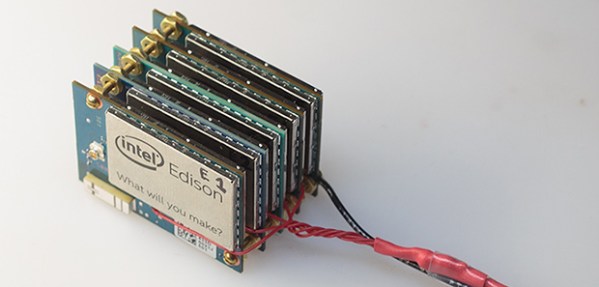[Michael Lynch]’s adventures in configuring Nix to automate fuzz testing is a lot of things all rolled into one. It’s not only a primer on fuzz testing (a method of finding bugs) but it’s also a how-to on automating the setup using Nix (which is a lot of things, including a kind of package manager) as well as useful info on effectively automating software processes.
[Michael] not only walks through how he got it all up and running in a simplified and usefully-portable way, but he actually found a buffer overflow in pdftotext in the process! (Turns out someone else had reported the same bug a few weeks before he found it, but it demonstrates everything regardless.)
[Michael] chose fuzz testing because using it to find security vulnerabilities is conceptually simple, actually doing it tends to require setting up a test environment with a complex workflow and a lot of dependencies. The result has a high degree of task specificity, and isn’t very portable or reusable. Nix allowed him to really simplify the process while also making it more adaptable. Be sure to check out part two, which goes into detail about how exactly one goes from discovering an input that crashes a program to tracking down (and patching) the reason it happened.
Making fuzz testing easier (and in a sense, cheaper) is something people have been interested in for a long time, even going so far as to see whether pressing a stack of single-board computers into service as dedicated fuzz testers made economic sense.













